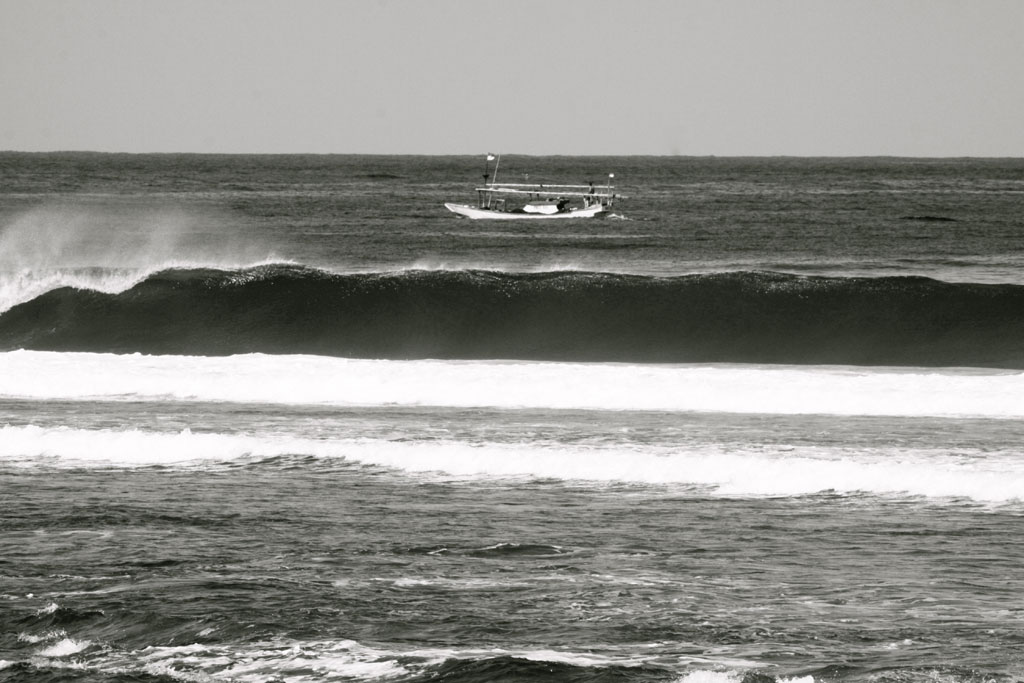
Photograph: © SAF – Coastal Care.
Excerpts;
Near-shore fish farms have created a host of environmental problems. Now, U.S. aquaculture advocates – backed by mainstream conservation groups – are saying that locating well-run operations out in the ocean could produce sustainable food and protect wild stocks from overfishing…
Read Full Article; Yale E360 (01-25-2018)
Half of all farmed fish have hearing loss due to deformed ears bones; Newsweek (04-28-2016)
New research suggests the way we raise fish in farms and hatcheries could be causing harmful changes to their bodies…
Farmed Fish Consumption At Record High, UN Report Reveals, Guardian Uk (05-19-2014)
Humans have never eaten so much fish and other seafood, but nearly half of it is no longer caught wild but is grown in farms, says the United Nations. The rapid growth in the number of people living near coasts and fish farming’s ability to keep up with population growth has seen per capita fish consumption soar from 10kg per person in the 1960s to more than 19kg in 2012…
The Next Food Revolution: Fish Farming?; CSM (10-25-2015)
Aquaculture in Northeast China, NASA (09-28-2015)
How aquaculture is threatening the native fish species of Africa; Yale E360 (10-30-2017)
Africa has long looked to fish farming to help feed its burgeoning human population. But scientists are warning that a new aquaculture push is introducing invasive species that could devastate natural ecosystems…
Official fish trade ‘hugely underestimates’ global catches; Science Daily (10-09-2017)
Conservation of dwindling fish stocks is being severely hampered by poor controls on global trade, according to new research…
As global per-capita fish consumption hits all-time high, UN warns on over harvesting; UN (07-07-2016)
A new report from the United Nations Food and Agriculture Organization (FAO) shows that while growth in aquaculture has helped drive global per capita fish consumption above 20 kilograms a year for the first time, almost a third of commercial fish stocks are now overharvested at biologically unsustainable levels…
Overfishing is as big a threat to humanity as it is to our oceans; Guardian UK (02-16-2016)
The World’s Tuna and Mackerel Populations Are in a “Catastrophic” Decline, Quartz (09-17-2015)
Nearly Half of U.S. Seafood Supply is Wasted, Study Shows, Science Daily (09-25-2015)
As much as 47 percent of the edible US seafood supply is lost each year, mainly from consumer waste, new research suggests…
Fish Farms Cause Rapid Sea-Level Rise, Nature (08-16-2013)
Putting algae and seaweed on the menu could save our seafood; Phys. Org (12-14-2017)
If we have to feed 9.8 billion people by 2050, food from the ocean will have to play a major role. As a recent EU report highlighted, we should instead be looking at how we can harvest more smaller fish and shellfish, but also species that aren’t as widely eaten such as seaweed and other algae…









